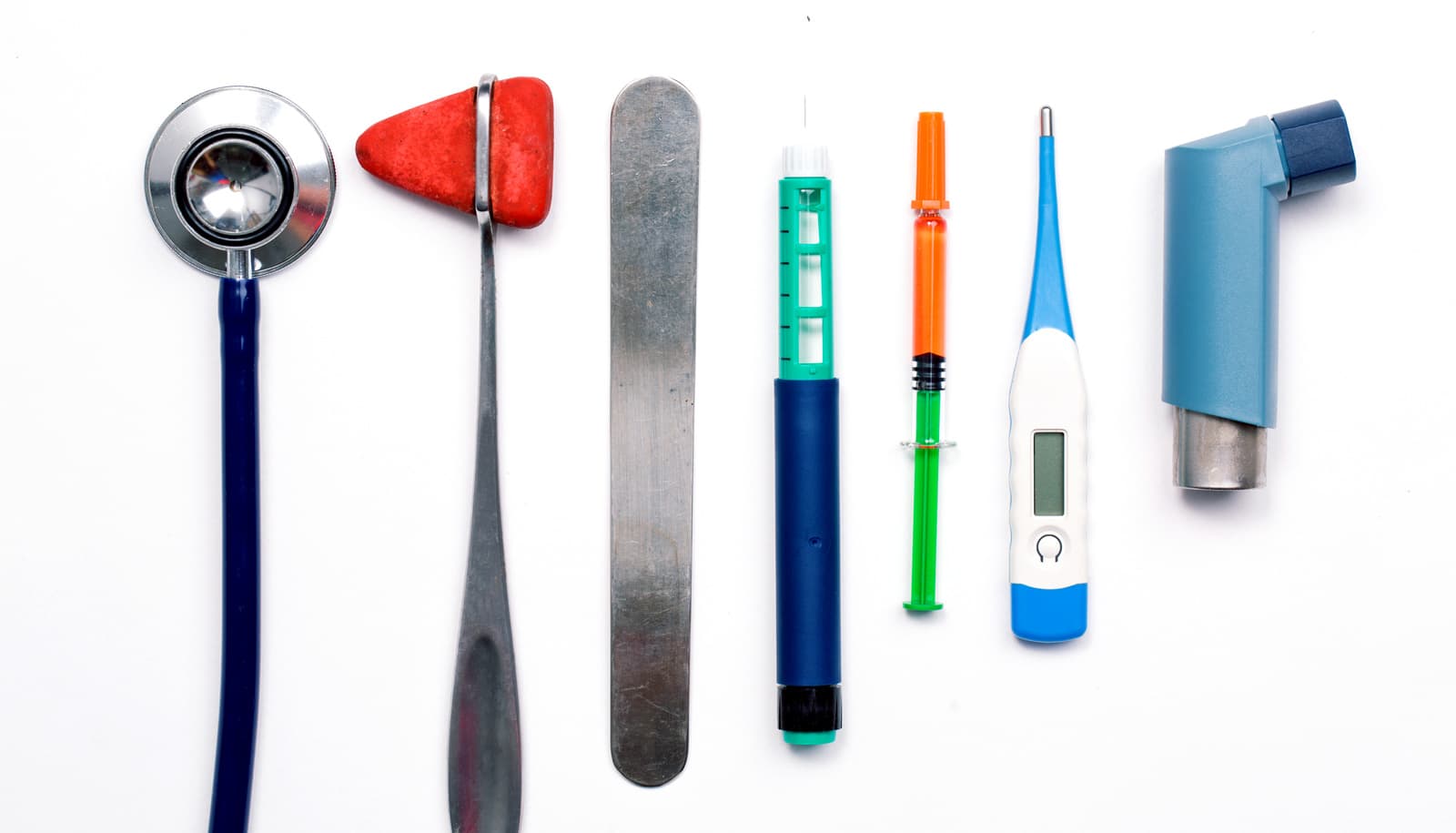Most Americans don’t realize that primary care physicians can prescribe medication for opioid use disorder, according to a recent national survey of more than 1,000 people.
These perceptions are significant considering the efforts that have been made to lower the barriers to treatment of opioid use disorder, says Brandon del Pozo, an assistant professor (research) at Brown University’s Warren Alpert Medical School and School of Public Health and lead author of an analysis of the survey results in JAMA Network Open.
“We’ve made great strides in making it easier for primary care doctors to prescribe these safe and effective treatments, but our study indicates a critical disconnect between the need for medications for opioid use disorder and people’s knowledge about how to access them,” del Pozo says.
Decades of research have shown the effectiveness of medications such as buprenorphine and methadone for opioid use disorder. Federal policy changes such as the elimination of specialized training requirements and patient caps have made it simpler for primary care physicians to prescribe medication for opioid use disorder.
Yet a recent study found that, in the year after the elimination of a waiver requirement to prescribe buprenorphine, the number of prescribers increased while the number of people receiving the medication did not.
Del Pozo and other Brown University researchers hypothesized that public health factors may impede access to these medications. They formulated survey questions related to people’s awareness of and comfort around opioid use disorder treatment in primary care.
In collaboration with the National Institute on Drug Abuse, the researchers added these questions to a survey conducted in English and Spanish by the Justice Community Opioid Innovation Network, led by the National Institute on Drug Abuse and supported through the NIH Helping to End Addiction Long-term Initiative. JCOIN researchers administered the survey in June 2023, targeting a nationally representative sample of adults.
Of the 1,234 survey respondents, 61% were unaware that primary care physicians can prescribe medication for opioid use disorder, and 13% incorrectly believed that they could not.
Black survey respondents were most likely to incorrectly believe they could not receive medications for opioid use disorder via primary care, pointing to an important disparity in information that may further impede access to treatment, del Pozo notes.
Yet a majority of the respondents agreed (53%) or strongly agreed (24%) that the office of a primary care physician should be a place where people can receive treatment for an opioid use disorder. Among the respondents who reported ever misusing prescription or illicit opioids, 82% expressed comfort in personally going to their primary care physicians for medications for opioid use disorder. Of those who had not misused opioids, 74% reported they would be comfortable referring their loved ones to primary care for these medications.
“People aren’t asking primary care physicians about treatment for opioid use disorder because they aren’t aware of the ways these medical professionals can help,” del Pozo says. “Raising awareness is critical to increasing effective treatment of opioid use disorders, and to reducing the racial and ethnic disparities in knowledge about access to treatment.”
By increasing public awareness and demand, the study authors say, primary care physicians may be more incentivized to offer medications for opioid use disorder, especially with appropriate clinical and administrative support.
With approximately 209,000 primary care physicians in the US, channeling addiction treatment through primary care could have a significant public health impact, they say.
The findings suggest there is an opportunity to increase awareness and access through culturally specific strategies to reach different groups, the study authors say.
The authors suggest that future research explore targeted strategies to enhance public awareness and investigate the impact of increased primary care physicians’ involvement in providing medications for opioid use disorder. For example, they note, messaging campaigns similar to those for HIV testing and cancer screening, which include educational materials in medical settings, as well as proactive screening by primary care physicians, may help address the gap in public knowledge.
“Science, public health, insurance, policy, and public perception all must align to improve access to treatment,” del Pozo says.
NIDA, part of the National Institutes of Health, supported the work, with additional support from NIH’s National Institute of General Medical Sciences.
The content is solely the responsibility of the authors and does not necessarily represent the official views of the National Institutes of Health.
Source: Brown University



